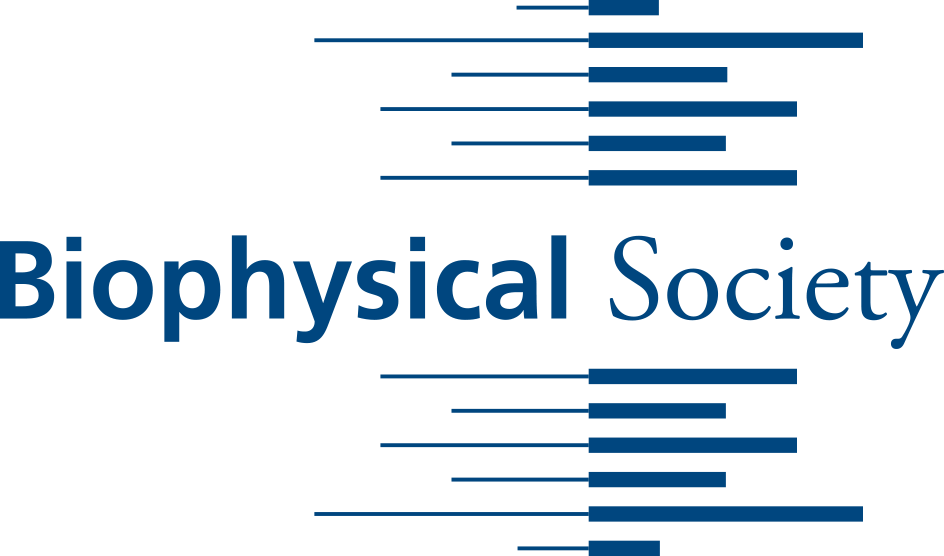Newswise — WASHINGTON D.C. Feb. 16, 2014 -- New insights into one of the molecular mechanisms behind light harvesting, the process that enables photosynthetic organisms to thrive, even as weather conditions change from full sunlight to deep cloud cover, will be presented at the 58th Annual Biophysical Society Meeting, taking place in San Francisco from Feb. 15-19.
At the meeting, Hsiang-Yu Yang, a graduate student, and Gabriela Schlau-Cohen, a postdoc in W.E. Moerner's research group at Stanford University, will describe how probing these natural systems at the single molecule level is helping to understand the basic mechanisms of light harvesting -- work that could help improve the design and efficiency of devices like solar cells in the future.
"Through our approach, we are able to have a better understanding of the natural designs of light harvesting systems, especially how the same molecular machinery can perform efficient light harvesting at low light while safely dissipating excess excitation energy at high light," explained Yang.
The Moerner group has been studying various photosynthetic antenna proteins using the single-molecule Anti-Brownian ELectrokinetic (ABEL) trap and has uncovered new states of the light harvesting complexes with different degrees of quenching. "By analyzing the transition between these states in a bacterial antenna protein," explained Schlau-Cohen, "we found a process that may be one of the molecular mechanisms of photoprotection, or the way in which the organism protects itself from damage by excess light."
The next steps are to use this technique to understand the natural designs of light harvesting systems, and investigate whether the same processes appear in higher plants. Thus, they are extending their studies to look at photosynthetic proteins from green plants. Eventually, understanding these general principles may help in developing or improving the building of artificial light-harvesting devices.
The presentation, "Elucidation of the Photodynamics of Single Photosynthetic LH2 Complexes in Solution" by Gabriela S. Schlau-Cohen, Quan Wang, June Southall, Richard J. Cogdell and W. E. Moerner will be at 11:15 a.m. on Sunday, February 16, 2014 in Room 303 at San Francisco's Moscone Convention Center. ABSTRACT: http://tinyurl.com/nbgca5v
The related presentation, "Single-molecule Exploration of the Photodynamics of LHCII Complexes in Solution" by Gabriela S. Schlau-Cohen, Hsiang-Yu Yang, Michal Gwizdala, Tjaart Krüger, Pengqi Xu, Roberta Croce, Rienk van Grondelle and W. E. Moerner will be at 1:45 p.m. on Sunday, February 16, 2014 in Hall D in San Francisco's Moscone Convention Center. ABSTRACT: http://tinyurl.com/p8g32wm
###
ABOUT THE MEETINGEach year, the Biophysical Society Annual Meeting brings together more than 7,000 researchers working in the multidisciplinary fields representing biophysics. With more than 4,200 poster presentations, over 200 exhibits, and more than 20 symposia, the BPS Annual Meeting is the largest meeting of biophysicists in the world. Despite its size, the meeting retains its small-meeting flavor through its subgroup symposia, platform sessions, social activities, and committee programs.
The 58th Annual Meeting will be held at the Moscone Convention Center, 747 Howard Street, San Francisco, California.
PRESS REGISTRATIONThe Biophysical Society invites professional journalists, freelance science writers and public information officers to attend its Annual Meeting free of charge. For press registration, contact Alisha Yocum at [email protected] or Jason Bardi at 240-535-4954.
QUICK LINKSMain Meeting Page: http://tinyurl.com/mfjh37p Program Highlights: http://tinyurl.com/mosxrofAbstracts Search: http://tinyurl.com/lbrearu
ABOUT THE SOCIETYThe Biophysical Society, founded in 1958, is a professional, scientific Society established to encourage development and dissemination of knowledge in biophysics. The Society promotes growth in this expanding field through its annual meeting, monthly journal, and committee and outreach activities. Its 9000 members are located throughout the U.S. and the world, where they teach and conduct research in colleges, universities, laboratories, government agencies, and industry. For more information on the Society, or the 2014 Annual Meeting, visit www.biophysics.org
